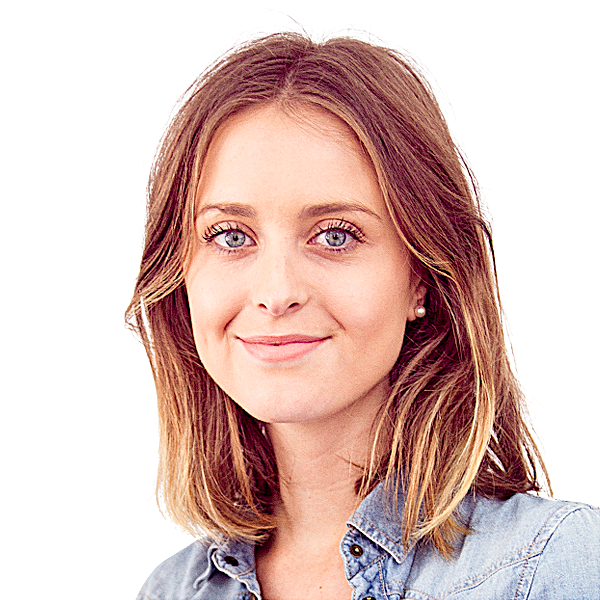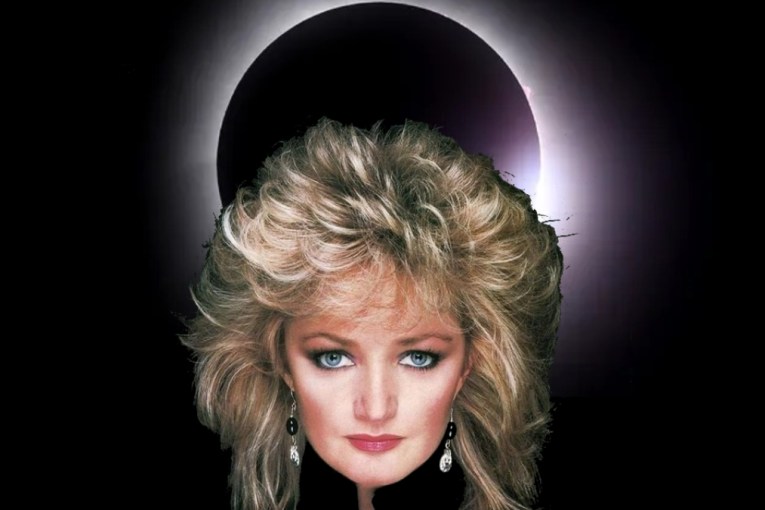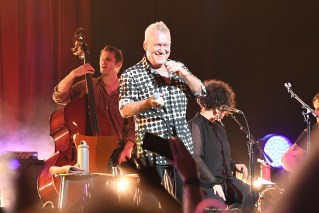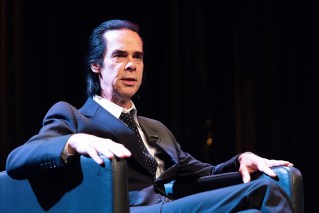Too hot to handle: How the Warmest 100 returned

As of Sunday morning last week, Warmest 100 creator Nick Drewe was resigned to the fact that his groundbreaking social media movement predicting the Triple J Hottest 100 countdown was destined to be a one-off. On Sunday morning, the online marketer was driving home when he received an email from Chicago-based Australian economist, David Quach.
Quach, who knew Drewe from last year’s efforts, urged him to reconsider his decision.
“He said that his friends were disappointed it wasn’t happening again this year,” says Drewe. In an effort to revive the site, they had banded together to gather data from screenshots people had taken of their voting screen and shared on Twitter. They had managed to pull together 400 votes from that method alone.
Reinvigorated, Drewe took to the relatively new medium of Instagram and decided to search under the Hottest 100 hashtag working under the assumption that “if people want to share they’re going to find a way to do it.” Bingo. His search returned around 16,000 votes.
“From there we used an Optical Character Recognition tool to extract text from the screenshots,” says Drewe, who rallied his friends and housemate together to round up the votes and update the site at an impressive speed.
“I was on the phone to Tom Knox who helped me create the Warmest 100 last year and the designer who designed the site last year,” says Drewe. “There were five of us working on different parts of it. We got it up in less than 24 hours.”
Extracting the data, finding the tracks online and doing some fiddling with the website took up most of their time, but the group still managed to get some sleep before they went live after the Hottest 100 voting closed at midday on Monday.
Interestingly enough, Drewe has thwarted a system he helped to improve. After he and his team were able to correctly predict the top three tracks from last year’s countdown, he met with Triple J’s manager, Chris Scadden.
“We had a chat and brainstormed some ways to tighten up the voting platform this year so something like this couldn’t happen again.”
The station took his advice and battened down the hatches, clearly to no avail. But Drewe insists his efforts this year were not intended to insult.
“The fact we did it again this year wasn’t to provoke them,” he said. “We do it because we’re interested in the fact that it can be done and it says something about what people share online and how people share things online.”
Instagram – an application which wasn’t even used last year to tally votes – ended up providing close to 17,800 votes, a little over half of last year’s final figure.
The use of a different social medium has the potential to drastically sway the results and Drewe is well aware of “the question of sample bias.” The top three predicted tracks seem to reflect the nature of Instagram, an application usually preferred by younger users with perhaps a slightly more alternative edge.
“The top three tracks have caught a lot of people off guard,” Drewe says. “The songs that everyone was expecting are a little further down. We will have to wait till Australia Day to find out.”
Drewe, who is currently working on a video startup, doesn’t have his own pick for number one song.
“I didn’t vote last year,” he says. “So I decided to abstain again this year.”








